- 全部删除
 您的购物车当前为空
您的购物车当前为空
GPR114 Protein, Human, Recombinant (hFc)
一键复制产品信息GPR114 belongs to the G-protein coupled receptor 2 family. Members of this family share a common molecular architecture which consists of seven transmembrane domains, three extracellular loops, three intracellular loops, an amino-terminal extracellular domain, and an intracellular carboxyl terminus. It is thought that light acts as the activating stimulus of a G-protein-coupled receptor (GPCR). GPCRs are expected to have a molecular function (G-protein coupled receptor activity) and to localize in various compartments (endoplasmic reticulum membrane, plasma membrane, integral to the membrane). Family B of the GPCRs is a small but structurally and functionally diverse group of proteins that includes receptors for polypeptide hormones, molecules thought to mediate intercellular interactions at the plasma membrane, and a group of Drosophila proteins that regulate stress responses and longevity. GPR114 contains 1 GPS domain. GPR114 gene has been proposed to participate in processes (G-protein coupled receptor protein signaling pathway, neuropeptide signaling pathway).
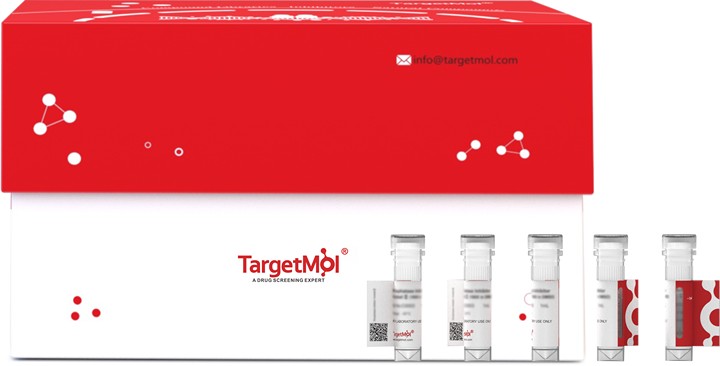
GPR114 Protein, Human, Recombinant (hFc)
一键复制产品信息| 规格 | 价格 | 库存 | 数量 |
|---|---|---|---|
| 5 μg | ¥ 428 | 6-8日内发货 | |
| 10 μg | ¥ 683 | 6-8日内发货 | |
| 20 μg | ¥ 1,130 | 5日内发货 | |
| 50 μg | ¥ 2,270 | 5日内发货 | |
| 100 μg | ¥ 4,430 | 5日内发货 |
产品信息
| 生物活性 | Activity testing is in progress. It is theoretically active, but we cannot guarantee it. If you require protein activity, we recommend choosing the eukaryotic expression version first. |
| 产品描述 | GPR114 belongs to the G-protein coupled receptor 2 family. Members of this family share a common molecular architecture which consists of seven transmembrane domains, three extracellular loops, three intracellular loops, an amino-terminal extracellular domain, and an intracellular carboxyl terminus. It is thought that light acts as the activating stimulus of a G-protein-coupled receptor (GPCR). GPCRs are expected to have a molecular function (G-protein coupled receptor activity) and to localize in various compartments (endoplasmic reticulum membrane, plasma membrane, integral to the membrane). Family B of the GPCRs is a small but structurally and functionally diverse group of proteins that includes receptors for polypeptide hormones, molecules thought to mediate intercellular interactions at the plasma membrane, and a group of Drosophila proteins that regulate stress responses and longevity. GPR114 contains 1 GPS domain. GPR114 gene has been proposed to participate in processes (G-protein coupled receptor protein signaling pathway, neuropeptide signaling pathway). |
| 种属 | Human |
| 表达系统 | HEK293 Cells |
| 标签 | C-hFc |
| 蛋白编号 | Q8IZF4 |
| 别名 | PGR27,GPR114 |
| 蛋白构建 | A DNA sequence encoding the human GPR114 (Q8IZF4) (Met1-Gly184) was expressed, fused with the Fc region of human IgG1 at the C-terminus. Predicted N terminal: Glu 22 |
| 蛋白纯度 | > 94 % as determined by SDS-PAGE |
| 分子量 | 45.6 kDa (predicted); 56-63 kDa (reducing conditions) |
| 内毒素 | < 1.0 EU/μg of the protein as determined by the LAL method. |
| 蛋白性状 | Lyophilized powder |
| 缓冲液 | Lyophilized from a solution filtered through a 0.22 μm filter, containing PBS, pH 7.4. Typically, a mixture containing 5% to 8% trehalose, mannitol, and 0.01% Tween 80 is incorporated as a protective agent before lyophilization. |
| 复溶方法 | A Certificate of Analysis (CoA) containing reconstitution instructions is included with the products. Please refer to the CoA for detailed information. |
| 存储 | It is recommended to store recombinant proteins at -20°C to -80°C for future use. Lyophilized powders can be stably stored for over 12 months, while liquid products can be stored for 6-12 months at -80°C. For reconstituted protein solutions, the solution can be stored at -20°C to -80°C for at least 3 months. Please avoid multiple freeze-thaw cycles and store products in aliquots. |
| 运输方式 | In general, Lyophilized powders are shipping with blue ice. |
| 研究背景 | GPR114 belongs to the G-protein coupled receptor 2 family. Members of this family share a common molecular architecture which consists of seven transmembrane domains, three extracellular loops, three intracellular loops, an amino-terminal extracellular domain, and an intracellular carboxyl terminus. It is thought that light acts as the activating stimulus of a G-protein-coupled receptor (GPCR). GPCRs are expected to have a molecular function (G-protein coupled receptor activity) and to localize in various compartments (endoplasmic reticulum membrane, plasma membrane, integral to the membrane). Family B of the GPCRs is a small but structurally and functionally diverse group of proteins that includes receptors for polypeptide hormones, molecules thought to mediate intercellular interactions at the plasma membrane, and a group of Drosophila proteins that regulate stress responses and longevity. GPR114 contains 1 GPS domain. GPR114 gene has been proposed to participate in processes (G-protein coupled receptor protein signaling pathway, neuropeptide signaling pathway). |










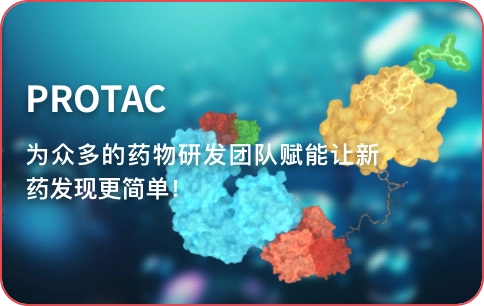
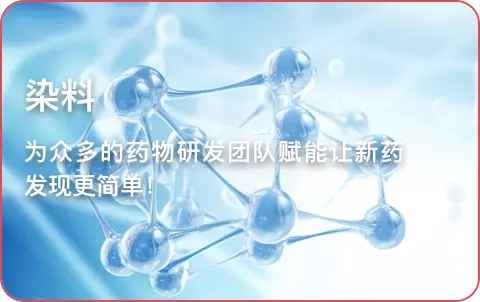


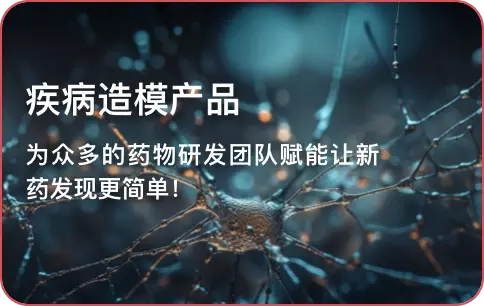
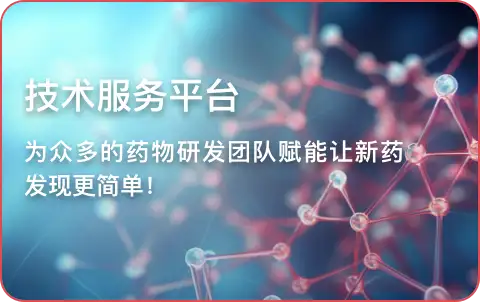
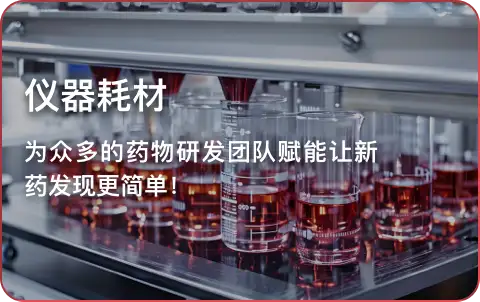
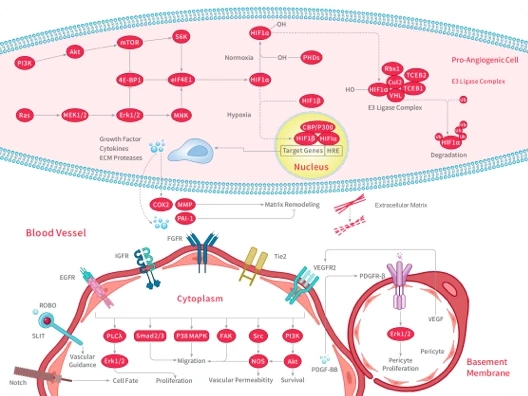
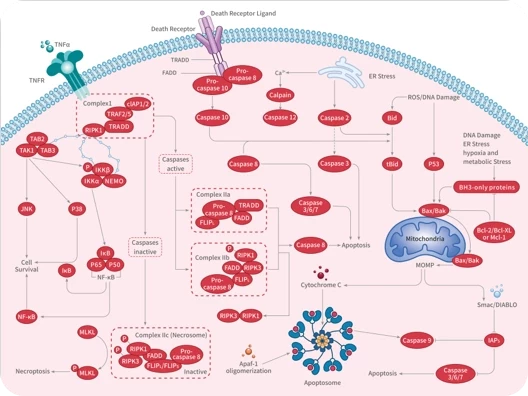
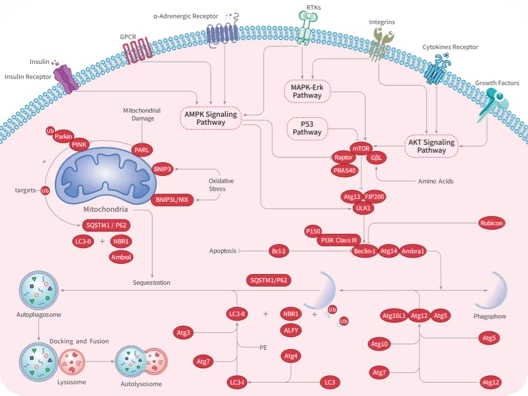

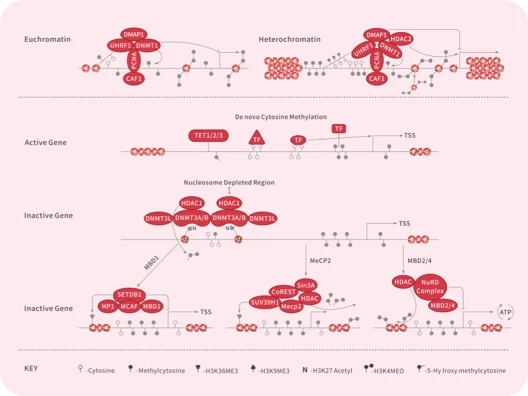
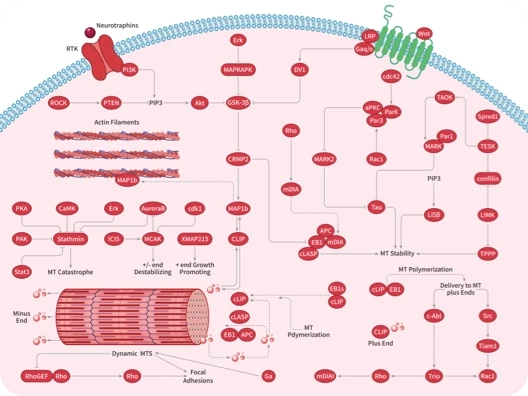
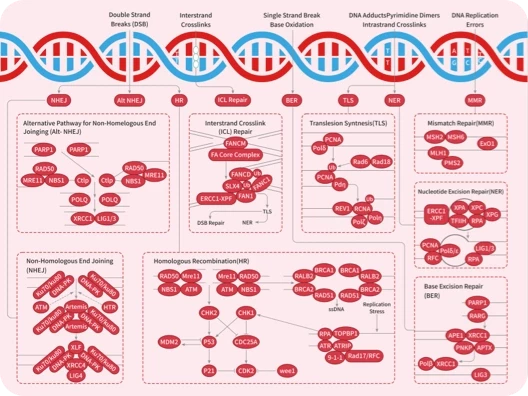
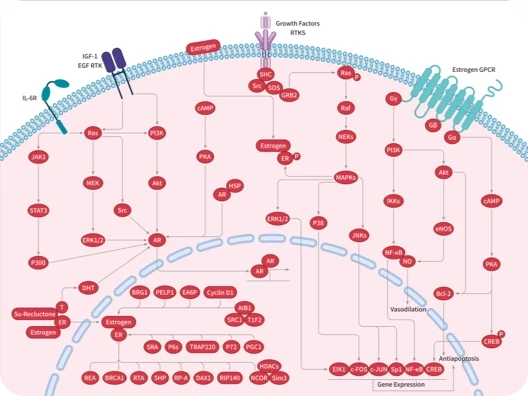
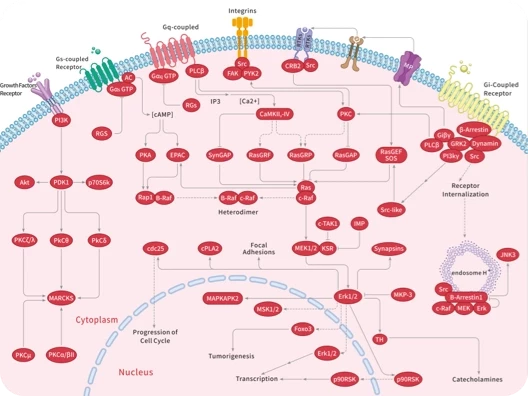
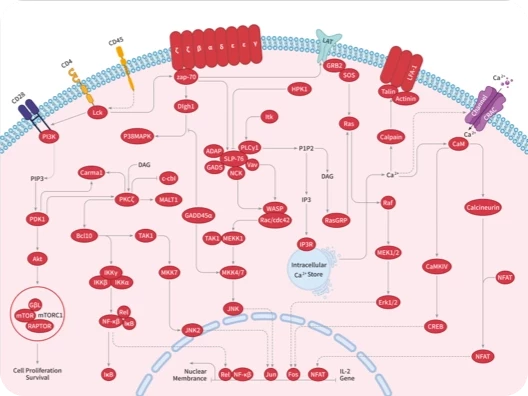
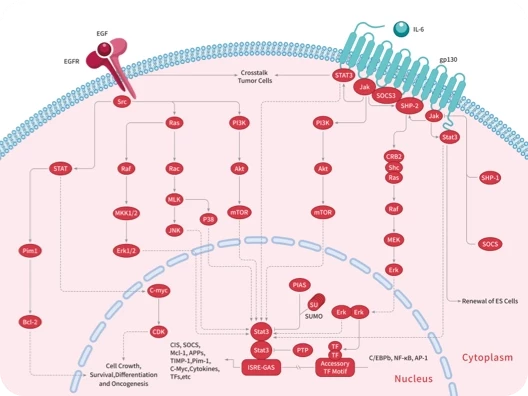
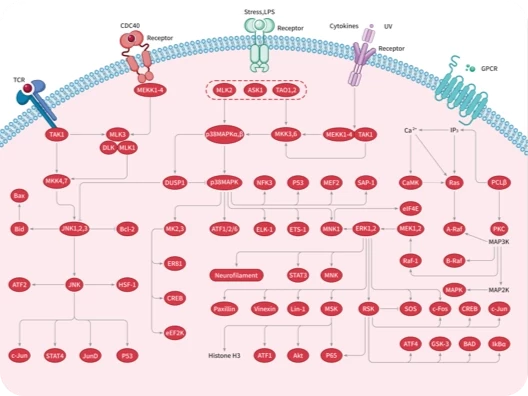
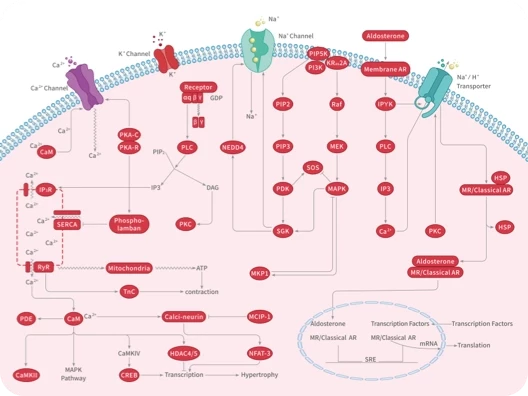
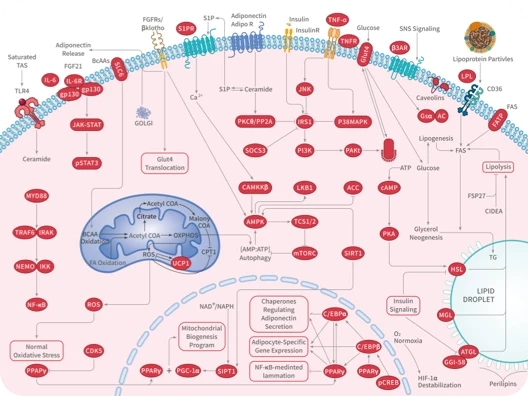
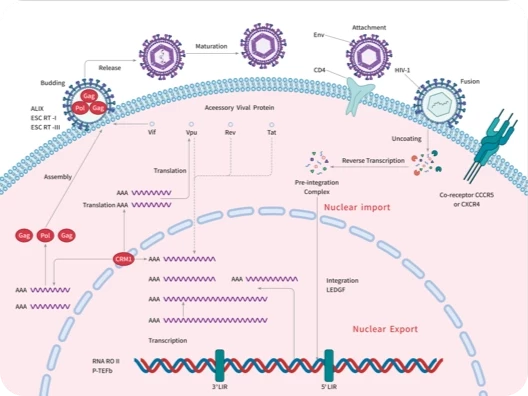

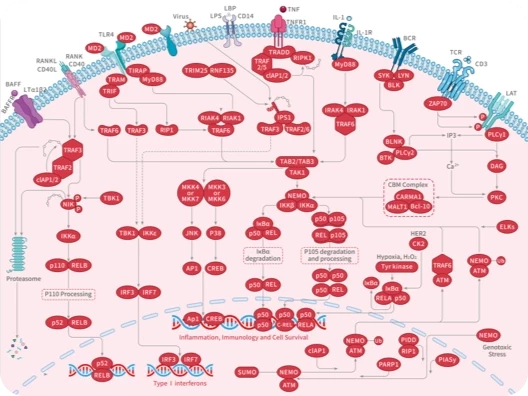
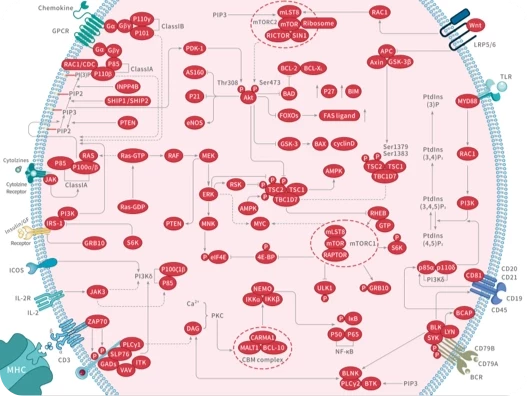
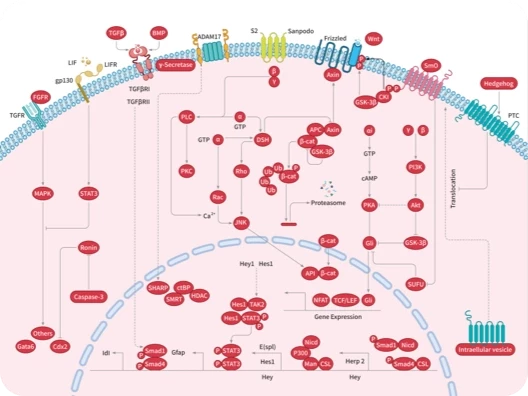
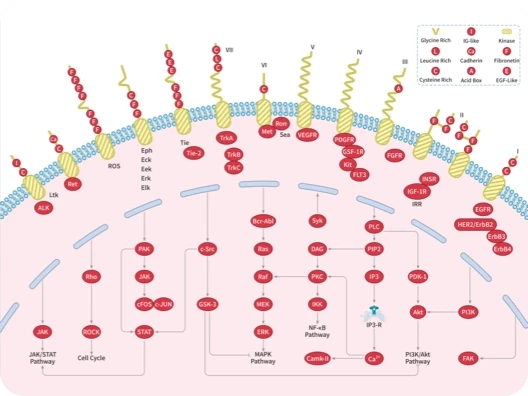
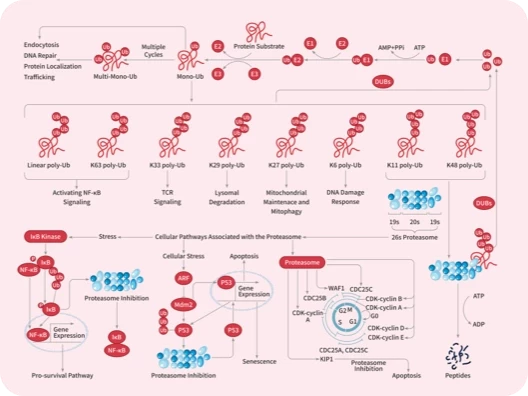


 |
|